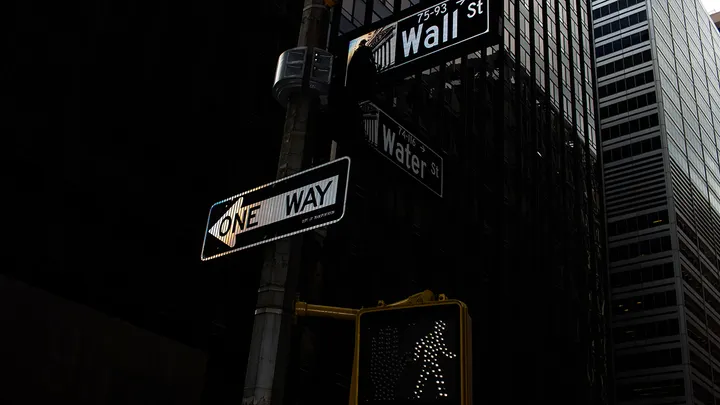The S&P 500 exited the longest bear market since 1948 at the beginning of June, but the sizable rally that led it there may not last for long, according to UBS.
In an analyst note on Monday, UBS strategists led by CIO Americas Solita Marcelli and CIO Mark Haefele warned the stock market faces a number of risks in the second half of 2023 that could send equities spiraling.
“With both global and US stocks more than 20% above their October 2022 lows and a more challenging second-half outlook, we believe investors should position for more lackluster stock market performance through the remainder of the year,” the analysts wrote.
Stocks have recorded a stellar year so far on enthusiasm around artificial intelligence as well as investor hopes that the Federal Reserve can successfully engineer a soft landing while also taming runaway inflation. Recent economic data has pointed to a surprisingly resilient economy, despite 10 straight interest rate hikes.
However, the UBS analysts noted that threats to the economy remain, possibly putting equity pricing at odds with “slowing growth and stickier inflation.”
“We see risks of persistent core inflation to mean U.S. rates could move higher and stay at these levels for longer,” they wrote. That could mean the Fed is forced to continue hiking interest rates, even though investors are hoping that the central bank concludes its tightening campaign and begins cutting rates soon.
“What’s more, fears of higher rates, a few disappointing economic numbers, or a shift in equity market sentiment could quickly unravel optimism about U.S. growth resilience and its underpinnings, like consumer resilience,” they wrote.
The UBS analysts are not alone in their pessimistic warning.
Main Street Research founder and CIO James Demmert has likewise warned the stock market could resume its downward spiral soon.
“Even though the S&P 500 is up just over 20% from the October 2022 low, that does not mean the bear market is over yet,” Demmert wrote. “The bear markets of 2000 and 2008 both saw rallies in excess of 20%, which did not constitute the end of the bear market, as the market experienced further downside after those rallies.”
The gloomy forecasts come after a brutal year for the stock market, its worst since the 2008 financial crisis. All three indexes tumbled in 2022, snapping a three-year win streak. The Dow Jones Industrial Average ended the year down 8.8%, the best of the three. The S&P 500 sank 19.4%, while the tech-heavy Nasdaq Composite plunged 33.1%.
Stocks rallied in the first half of 2023, and equities seem poised to continue that momentum despite sticky inflation, rising interest rates and the looming threat of a recession.
As of Monday’s close, the S&P is up more than 16% from the start of the year.

